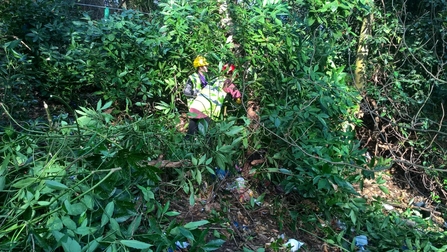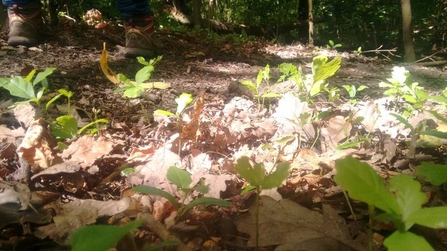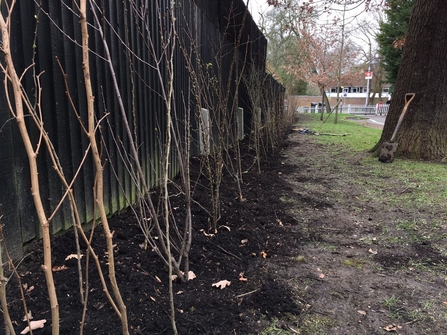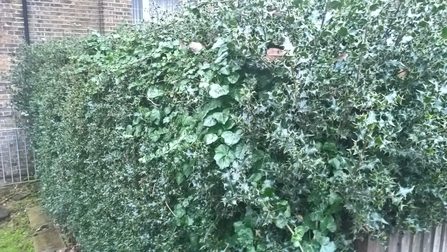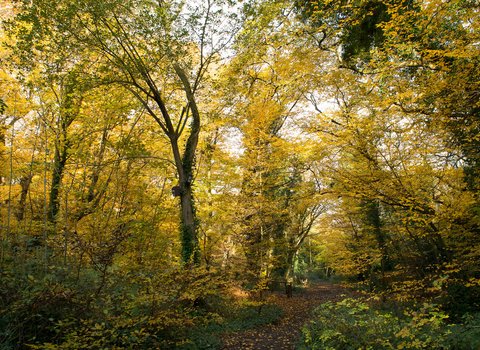A brief history of urban hedging
Across urban landscapes, hedges provide people with privacy and a degree of insulation from the noise and pollution from traffic on the busy city roads. In an age where paving over front gardens to park cars has become the norm, it is to your credit if you are looking to increase the vegetation cover on your property or places where you work or study. But have you thought about what your choice of planting might mean for wildlife in the immediate area and across the wider landscape?
The Great North Wood project at London Wildlife Trust is now approaching the halfway point of its four-year duration, and much of the volunteer effort so far across 13 woodland sites in south London has been to remedy the effect of the 150-year-old gardening fashion for dense, exotic shrubbery that has gradually tightened its grip on the remaining fragments of this once wooded landscape (such as the example below of spotted laurel at Hillcrest Wood).


